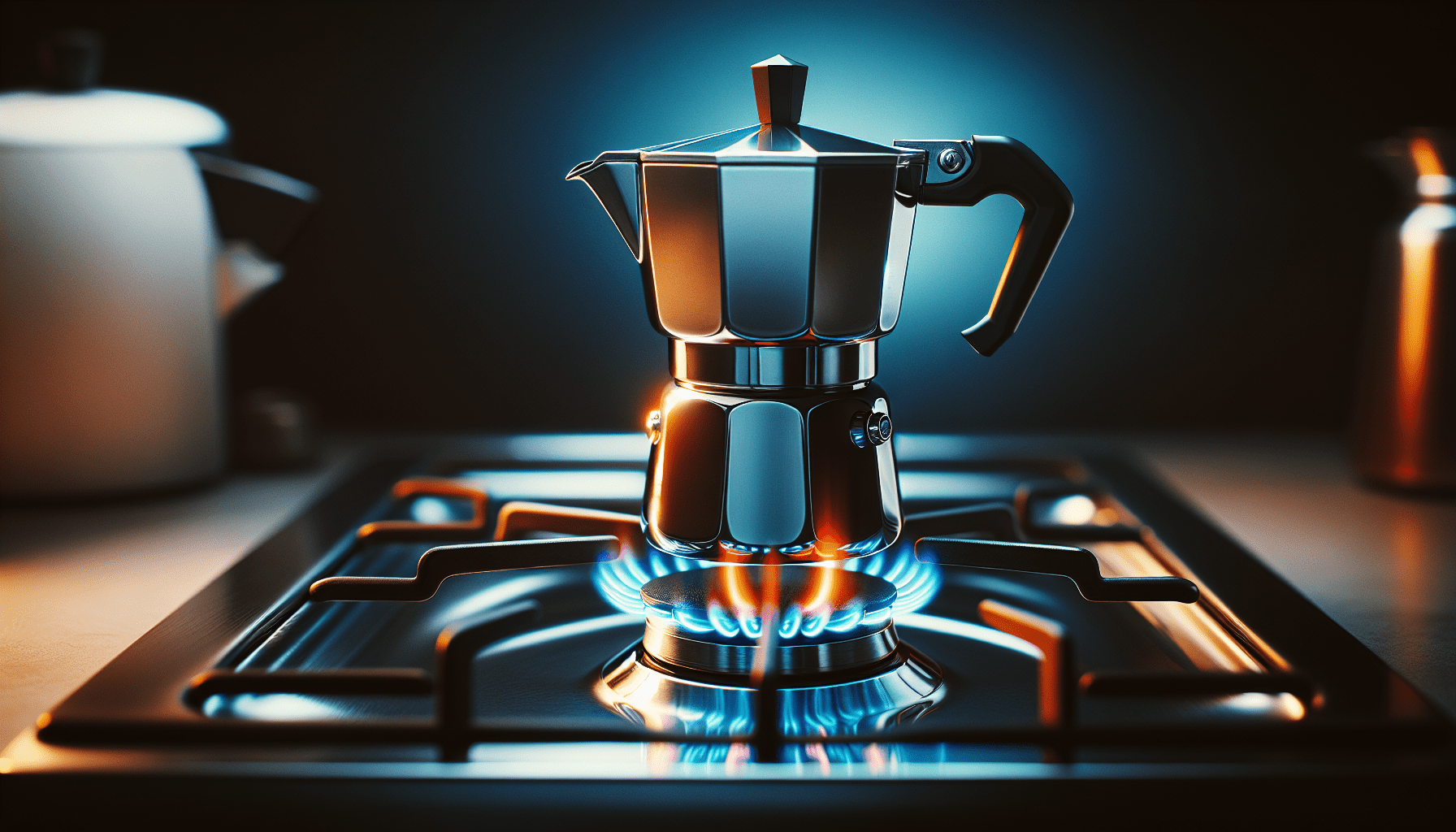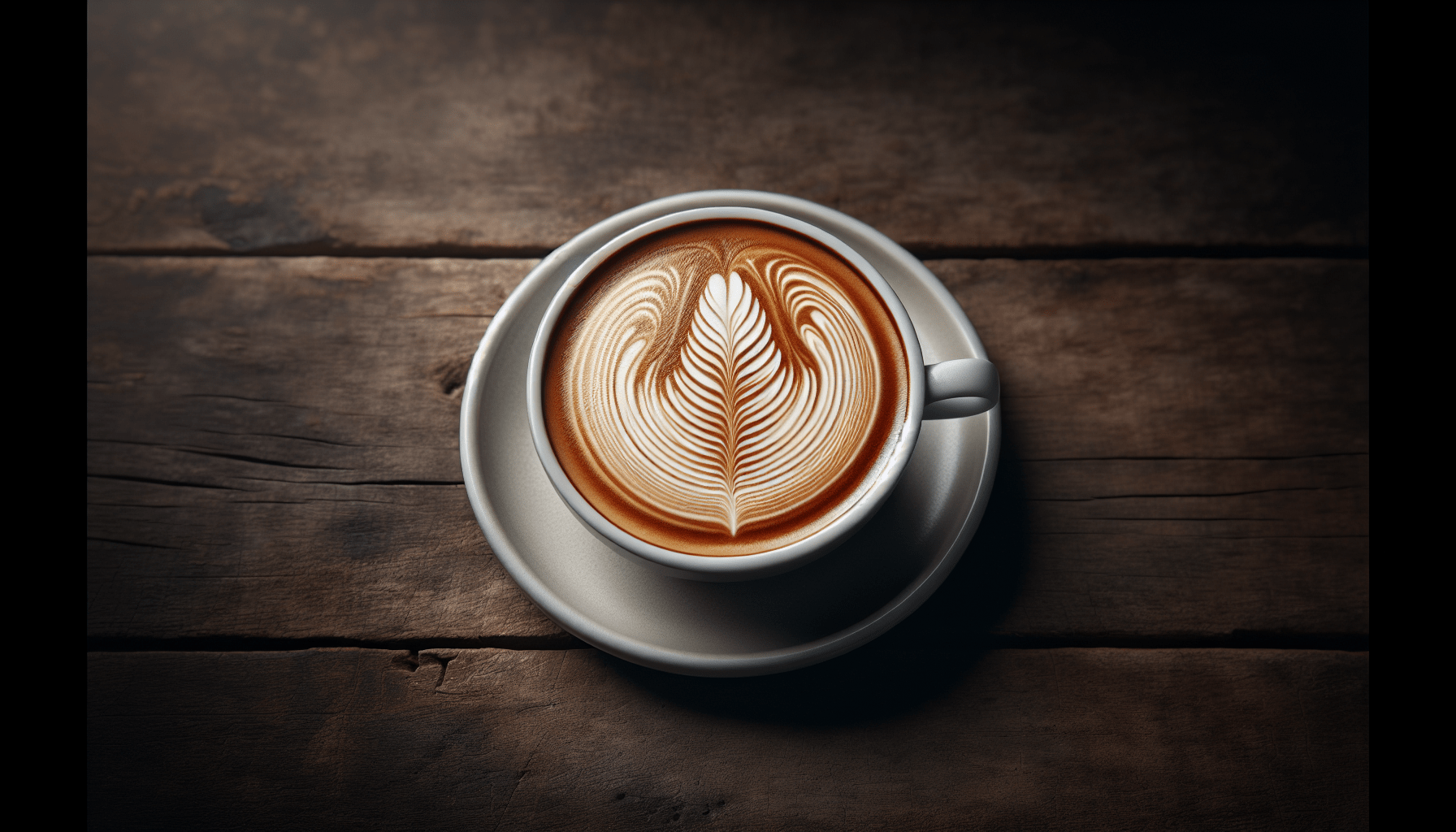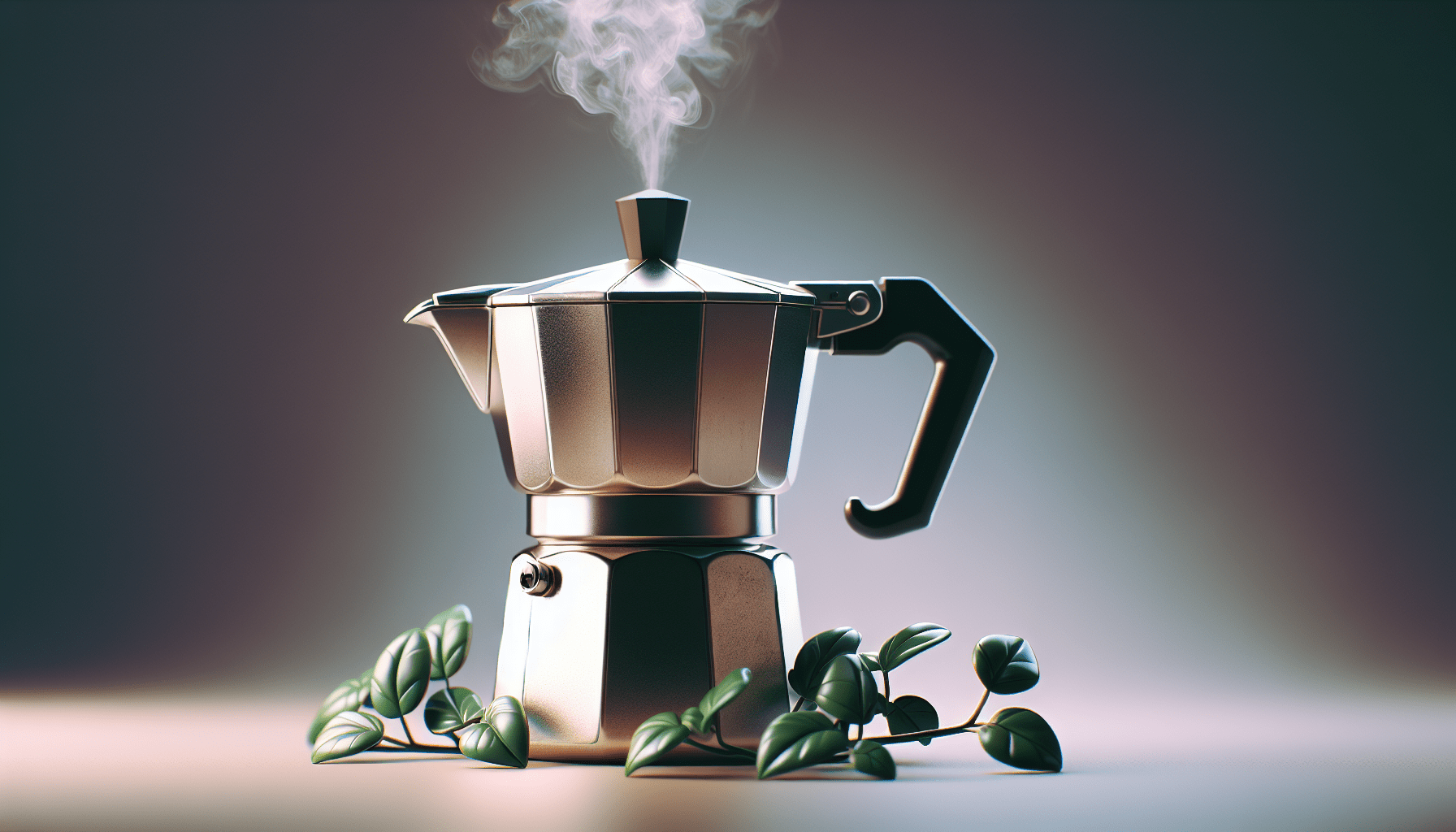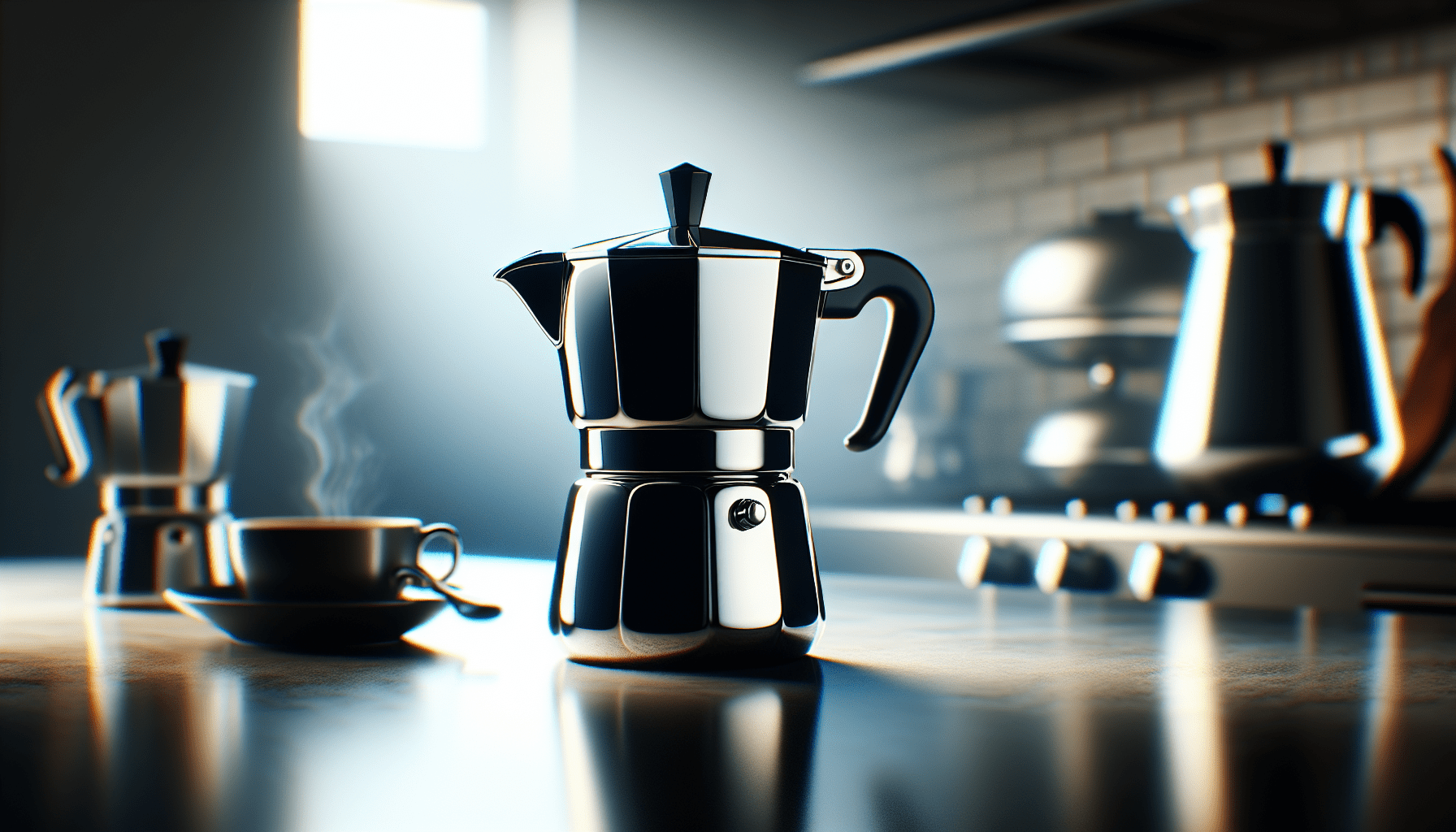You’ve just invested in a stovetop espresso maker, and the burning question on your mind is: can you actually control the brewing temperature with it? If you’re someone who enjoys the perfect cup of espresso, temperature control plays a crucial role in achieving that desired flavor. In this article, we will explore whether a stovetop espresso maker can grant you the control you seek over brewing temperature, and uncover some tips and tricks for mastering the art of temperature control for your homemade espressos.
Understanding Stovetop Espresso Makers
Stovetop espresso makers, also known as Moka pots, are a popular and convenient tool for brewing espresso-like coffee at home. Understanding their basic structure is essential to mastering their brewing process. These coffee makers consist of three main components: a bottom chamber for water, a middle funnel-shaped filter basket for ground coffee, and a top chamber for collecting the brewed coffee. The design is simple yet efficient, allowing for the extraction of rich and flavorful espresso-like coffee.
Importance of Brewing Temperature
The brewing temperature plays a crucial role in extracting the optimal flavors from coffee grounds. It directly affects the rate of extraction and the balance of flavors in the final cup. The ideal brewing temperature for espresso falls within a range of 195 to 205°F (90 to 96°C). Temperatures below this range may result in under-extracted coffee, lacking the desired flavor and aroma. On the other hand, temperatures above this range may lead to over-extraction, resulting in a bitter and burnt taste.
Factors Affecting Brewing Temperature in Stovetop Espresso Makers
Several factors influence the brewing temperature in stovetop espresso makers. The first factor to consider is the heat source used. Stovetop espresso makers are designed to be used on gas or electric stovetops, and the type and intensity of the heat source can significantly impact temperature control. Additionally, the material of the coffee maker, such as aluminum or stainless steel, can affect the rate of heat transfer and, consequently, the brewing temperature.
Temperature Control Methods
Controlling the brewing temperature in stovetop espresso makers can be achieved through various methods. Manual adjustments, as well as the use of a thermometer, are two common techniques employed by espresso enthusiasts.
Manual Adjustment Techniques
To manually adjust the brewing temperature, you can regulate the heat intensity and timing. Start by heating the coffee maker over medium heat until you see the first droplets of coffee coming into the top chamber. At this point, reduce the heat to low or medium-low to maintain a steady flow of coffee. This method allows for a more hands-on approach, requiring your attention and ability to gauge the right moment to adjust the heat intensity.
Using a Thermometer
Using a thermometer is a reliable method to monitor and control the brewing temperature with precision. Simply insert the thermometer into the brewing chamber, making sure it does not touch the metal parts, and monitor the temperature throughout the brewing process. This technique allows for accurate temperature readings, ensuring consistency in your espresso extraction. However, it is worth noting that using a thermometer can be a bit cumbersome and take away some of the simplicity and intuition of the brewing process.
Alternative Brewing Techniques for Temperature Control
Aside from manual adjustments and using a thermometer, alternative methods can also be employed to control the brewing temperature in stovetop espresso makers. These methods include preheating the water used in the bottom chamber, adjusting the grind size of the coffee, and modifying the coffee-to-water ratio. Preheating the water can help compensate for any temperature loss during the brewing process, while adjusting the grind size and coffee-to-water ratio can influence the extraction rate and the resulting flavors.
Challenges and Limitations
Controlling the brewing temperature with stovetop espresso makers may present some challenges and limitations. One of the main challenges is the reliance on the heat source and the associated fluctuation in temperature. Gas stovetops, in particular, can be harder to control than electric ones. Additionally, the material used in the coffee maker can affect the overall temperature stability. Aluminum heats up quickly but also cools down fast, while stainless steel retains heat for longer. Mastering temperature control with stovetop espresso makers requires practice, experimentation, and getting familiar with your specific coffee maker.
Tips for Better Temperature Control
To improve your temperature control skills with a stovetop espresso maker, consider the following tips:
- Familiarize yourself with your specific coffee maker: Understanding the quirks and characteristics of your stovetop espresso maker can help you anticipate temperature changes and adjust accordingly.
- Use a heat diffuser: If you’re using a gas stovetop, a heat diffuser can help distribute heat more evenly, minimizing temperature fluctuations.
- Experiment with different heat intensities: Adjusting the heat intensity during the brewing process allows you to fine-tune the extraction and control the brewing temperature.
- Keep a brewing journal: Documenting your brewing process, including the heat intensity, timing, and resulting flavors, can help you identify patterns and make adjustments in future brews.
Conclusion
In conclusion, it is possible to control the brewing temperature with a stovetop espresso maker, although it may require some practice and experimentation. Understanding the basic structure of these coffee makers, as well as the factors influencing brewing temperature, is crucial. Whether you choose to manually adjust the heat, use a thermometer, or employ alternative brewing techniques, the key is to achieve the optimal brewing temperature range of 195 to 205°F (90 to 96°C). With time and patience, you can perfect your espresso extraction and enjoy the rich and flavorful coffee that stovetop espresso makers can produce. So go ahead, embrace the art of temperature control, and elevate your home coffee brewing experience.




